Manual Del Cocinero (1906) – Nevado Imperial
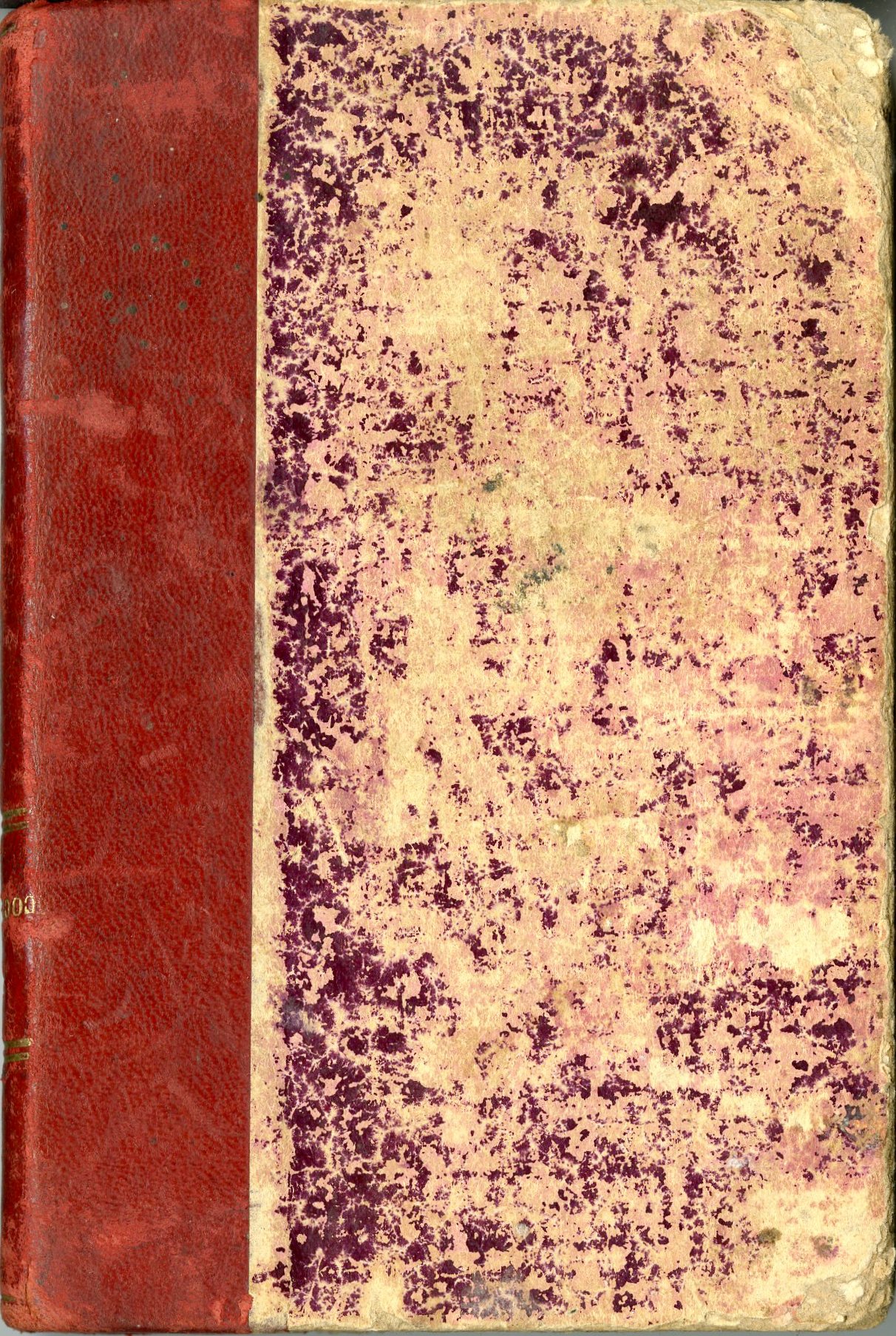 Manual Del Cocinero. México: Antigua Imprenta de Murguía, 1906. P. 101-102.
Manual Del Cocinero. México: Antigua Imprenta de Murguía, 1906. P. 101-102.
Manual Del Cocinero was first printed in 1856, then issued in new editions in 1890 and 1906. At 160 pages, the 1906 edition is about 25 pages shorter than the earlier editions. Unfortunately, as Special Collections currently holds only the 1906 edition, I haven’t been able to compare the editions to see whether this is due to a change in typeface, removal of recipes, or some other factor.
Despite its relatively small size, Manual Del Cocinero covers an impressive breadth of both popular Mexican dishes, such as chiles rellenos, empanadas, and so on, as well as recipes more oriented towards European cuisine.
Looking through the book this week, I was drawn to the nevados chapter. Nevados translates literally as snowcapped mountains, but in this instance, it signifies a chapter of ice cream and sorbet recipes. Although much of the United States is moving into autumn, here in San Antonio our temperatures are still in the 90s, so I decided to take advantage of our perfect ice cream weather by making Nevado Imperial, a custard-based ice cream lightly flavored with cinnamon and almonds.
Nevado Imperial
Se toman 3 litros de leche y se echan veinticuatro yemas de huevo bien desechas y 230 gramos de almendras peladas y remolidas, en lugar de agua, al molerlas, se les echa leche, y se cuela como atole; se le agrega una rajita de canela, y con una paleta que no tenga grasa se menea para que no se atolondrone la leche ó el huevo. Ya cocido se revuelve con otros 5 litros de leche, se le echan 3 kilos de azúcar y se pone á nevar.
Imperial Ice Cream
Take 3 liters of milk and mix with 24 egg yolks, beaten well, with 230 grams peeled and ground almonds. When grinding the almonds, instead of using water, use milk. Cook the mixture like you would atole. Add a stick of cinnamon, and use a spatula with no grease on it to stir the mixture as it cooks to prevent it from sticking. Once cooked, add 5 more liters of milk and 3 kilos of sugar. Freeze.
In the Kitchen…
Since my ice cream maker can’t quite handle 11 liters of liquid at once, I began by reducing the recipe to 1/6th its original size. Additionally, I did a little reading to determine what the author meant by the instruction “Cook the mixture like you would an atole.” Manual Del Cocinero does include an atole recipe (page 105), but its instructions provide little in the way of specifics. As usual, though Diana Kennedy came to the rescue. Kennedy’s Essential Cuisines of Mexico includes three atole recipes, which clarify that the liquid should be cooked over medium heat until it begins to thicken and coats the back of a wooden spoon. This took somewhat longer than 15 minutes for me – closer to 30. I may have been cooking the liquid at too low a temperature, out of concern for it burning. Also, as the recipe above does state, it is very important to stir constantly, lest the mixture stick to the bottom of the pan and burn.
Semi-Imperial Ice Cream (1/6th the size)
Ingredients
4 1/4 cups milk
4 egg yolks
¼ cup blanched almonds
3 1/2 cups milk
2 cups + 2 tablespoons sugar
1 cinnamon stick
Directions
- Grind the blanched almonds with a little milk.
- Beat 4 egg yolks in a bowl
- Stir 4 1/2 cups milk and the ground almonds into the beaten eggs.
- Pour the mixture into a saucepan and add a cinnamon stick.
- Cook the mixture over medium-low heat, stirring constantly, until it thickens enough to thickly coat the back of a wooden spoon – about 15 minutes. Do not boil.
- Remove the mixture from the heat and remove the cinnamon stick.
- Stir in 3 1/2 additional cups of milk and 2 cups + 2 tablespoons of sugar.
- Once the custard has cooled, freeze following the instructions for your ice cream maker.


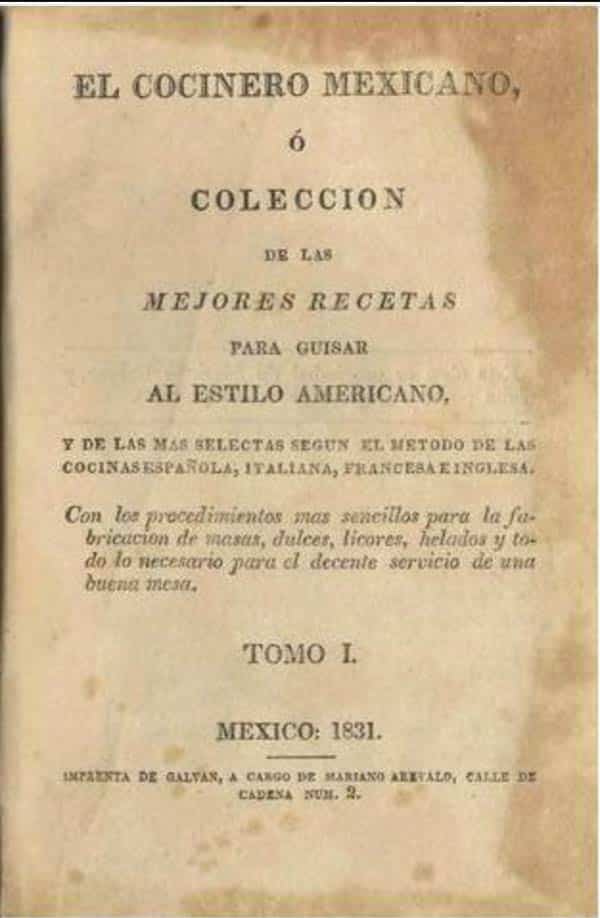
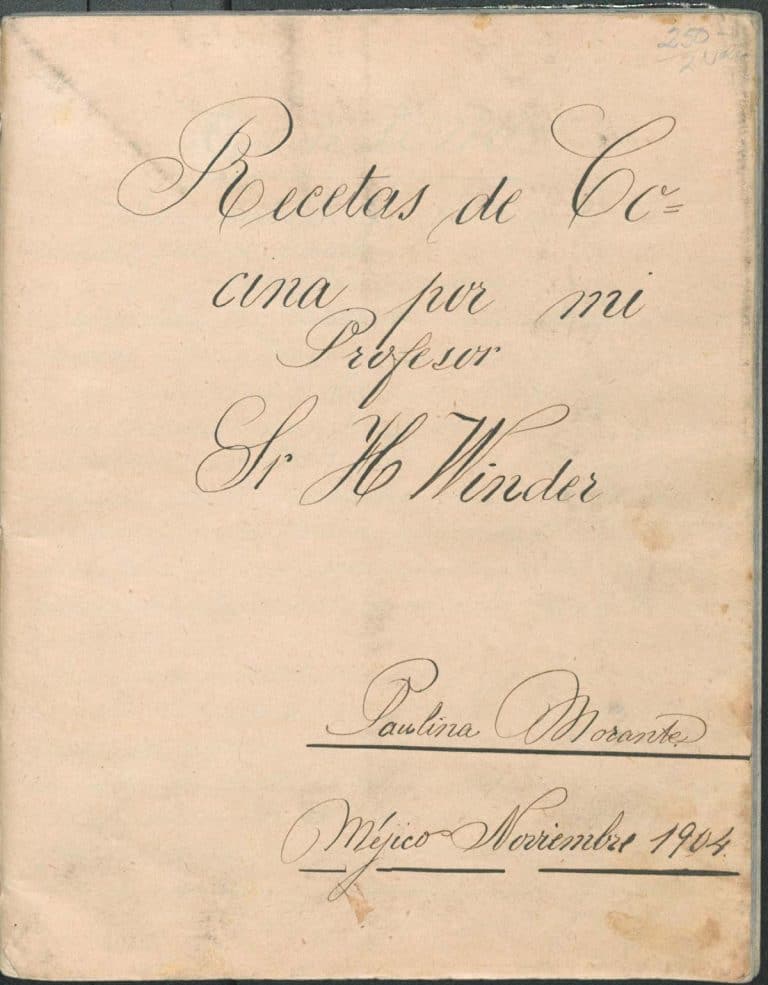
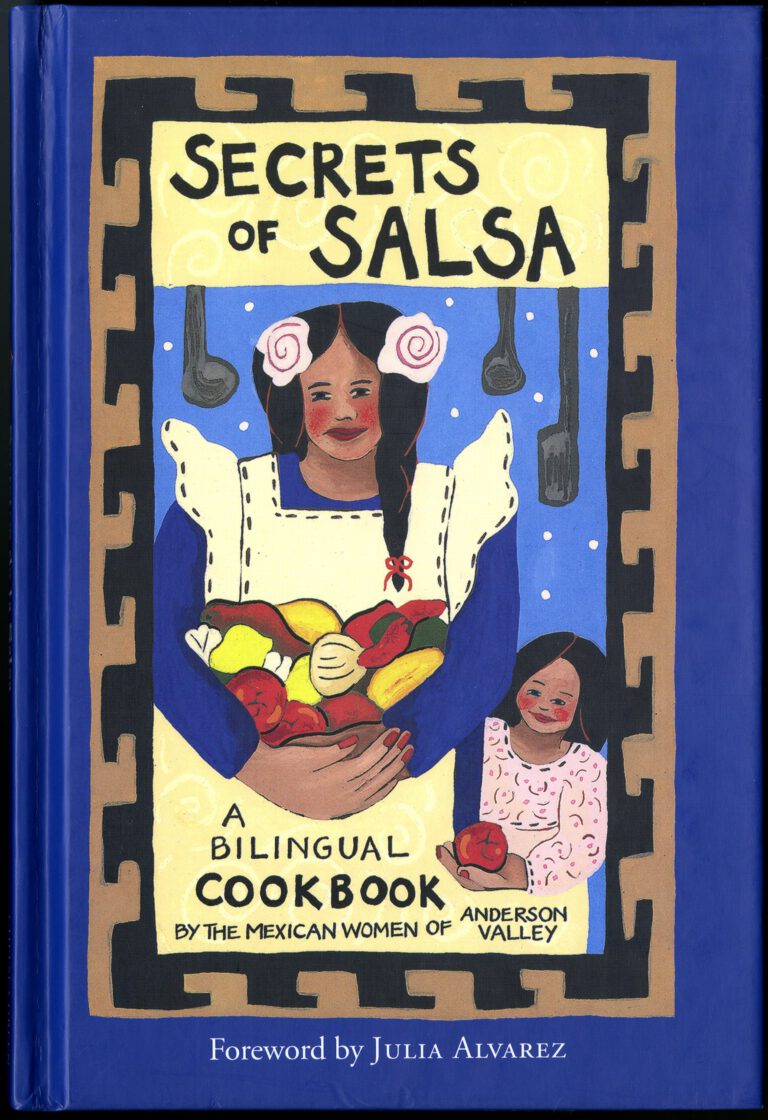
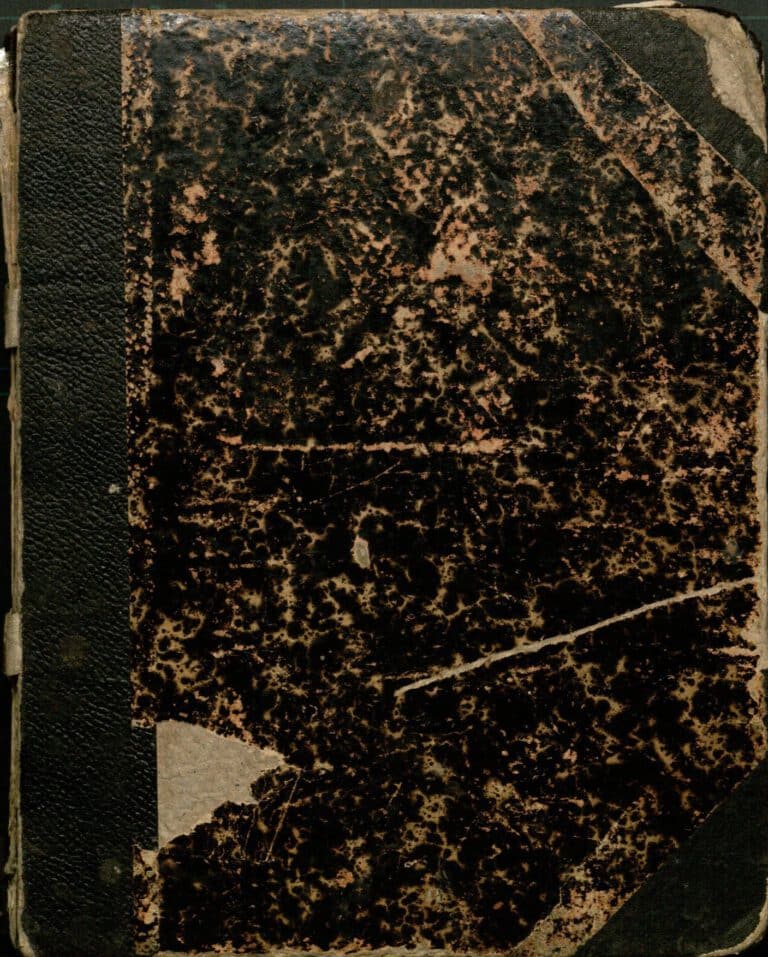
Looks like an interesting recipe. Curious to know how it tasted….
Fenouillin es un plato artesanal. Sus ingredientes están en armonías con la naturaleza. Su receta es secreta y utiliza un saber ancestral. Tiene un sabor, un perfume, un olor anisado o afrutado. Es totalmente solar en su aspecto. Sus proporciones utilizan la cifra de oro (1,618033).